Tracks and signs
Even if you do not see a wild animal, it is often possible to find signs which show that it is living in the area. Rock ptarmigans leave behind a variety of signs, such as remains of roosts, resting places, dust baths and feeding areas, as well as fallen feathers, footprints, and droppings.
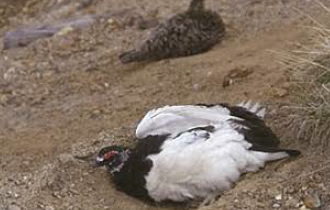
A pair taking a dust bath
In order to remove parasitic insects that cling to their feathers, rock ptarmigans take dust baths. As well, in early spring they take snow baths in the same fashion.
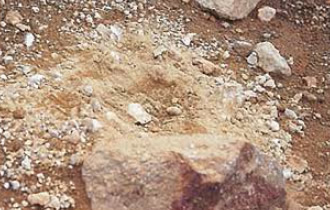
Remains of a dust bath
A round dug-up area is evidence of a rock ptarmigan's dust bath. Depending on how dry the soil is, one can tell how recently the dust bath took place.
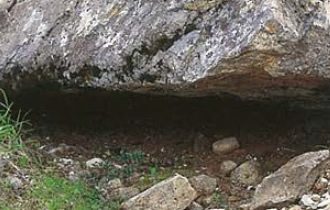
Evidence of a roost
After rains, it is common to find scattered feathers and droppings under boulders, proof of a roost.
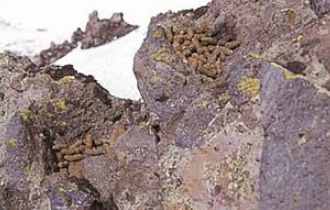
Lookout spot
Droppings left on a boulder used as a lookout by a male.
Different droppings
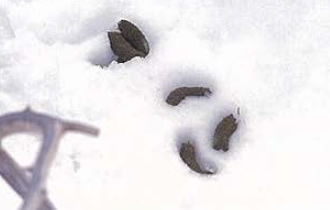
Winter droppings
High in fiber, and very dry
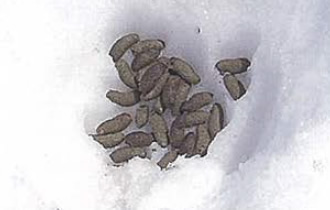
Spring droppings
Start to become more sticky and shiny
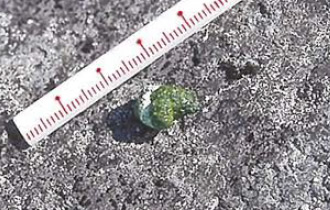
Juvenile droppings
Young birds eat fresh buds and new leaves, leading to droppings bright green in color
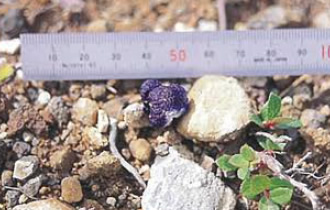
Berry season droppings
During this season, rock ptarmigans feed on black crowberry, northern bilberry, and blueberry.
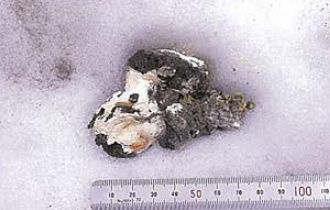
Incubation period droppings
While incubating the eggs, females only leave the nest two to four times per day to forage for food. Their droppings are also larger than normal, since they hold their excrement until they are away from the nest. Finding droppings of this type is evidence that a female and her nest are nearby.
